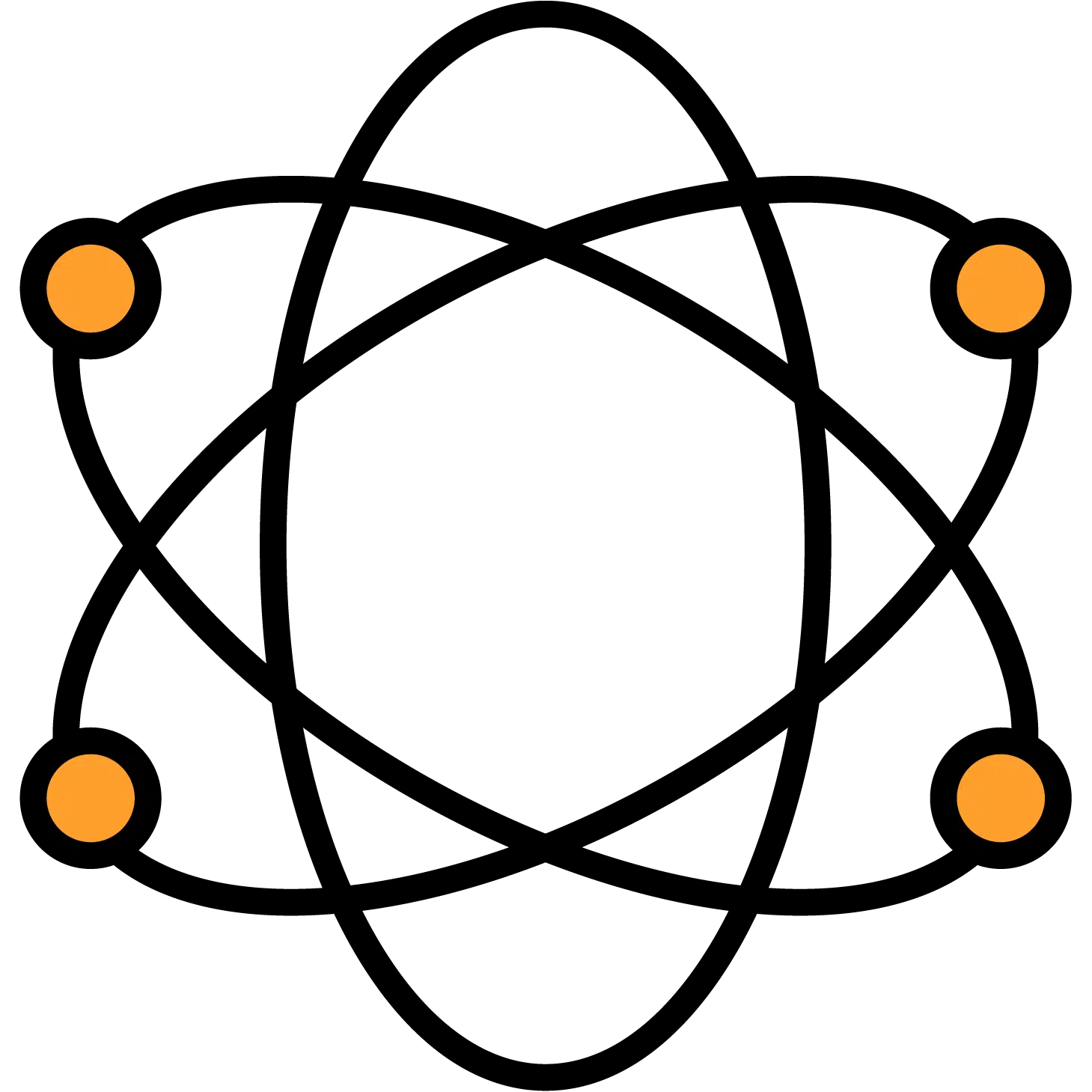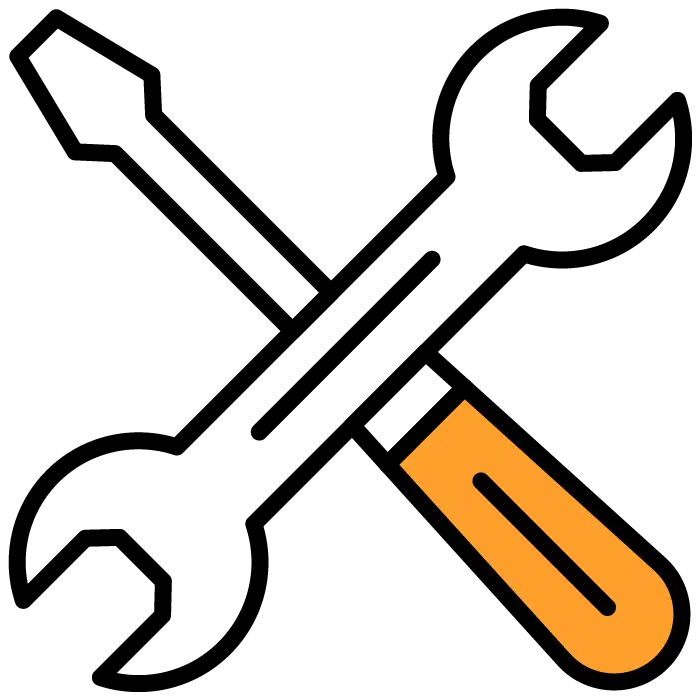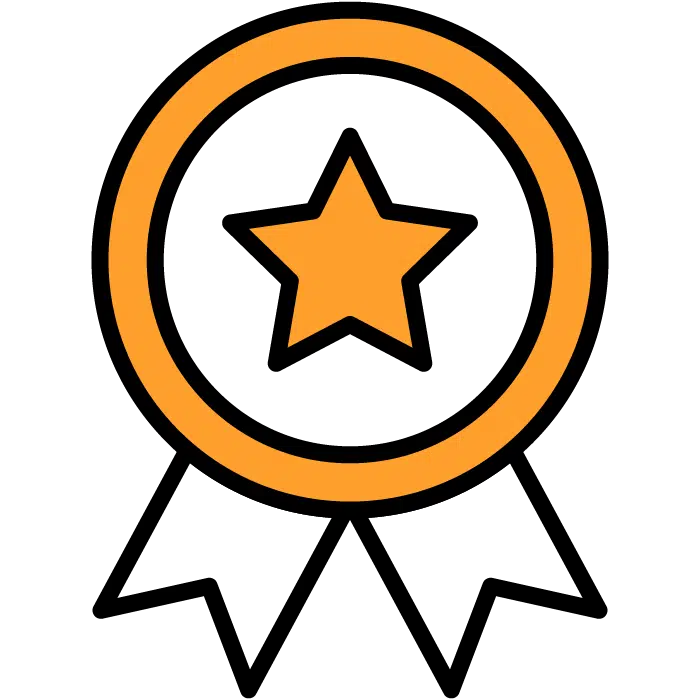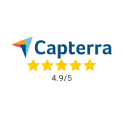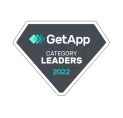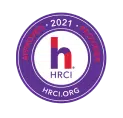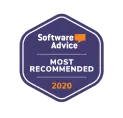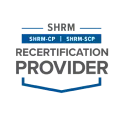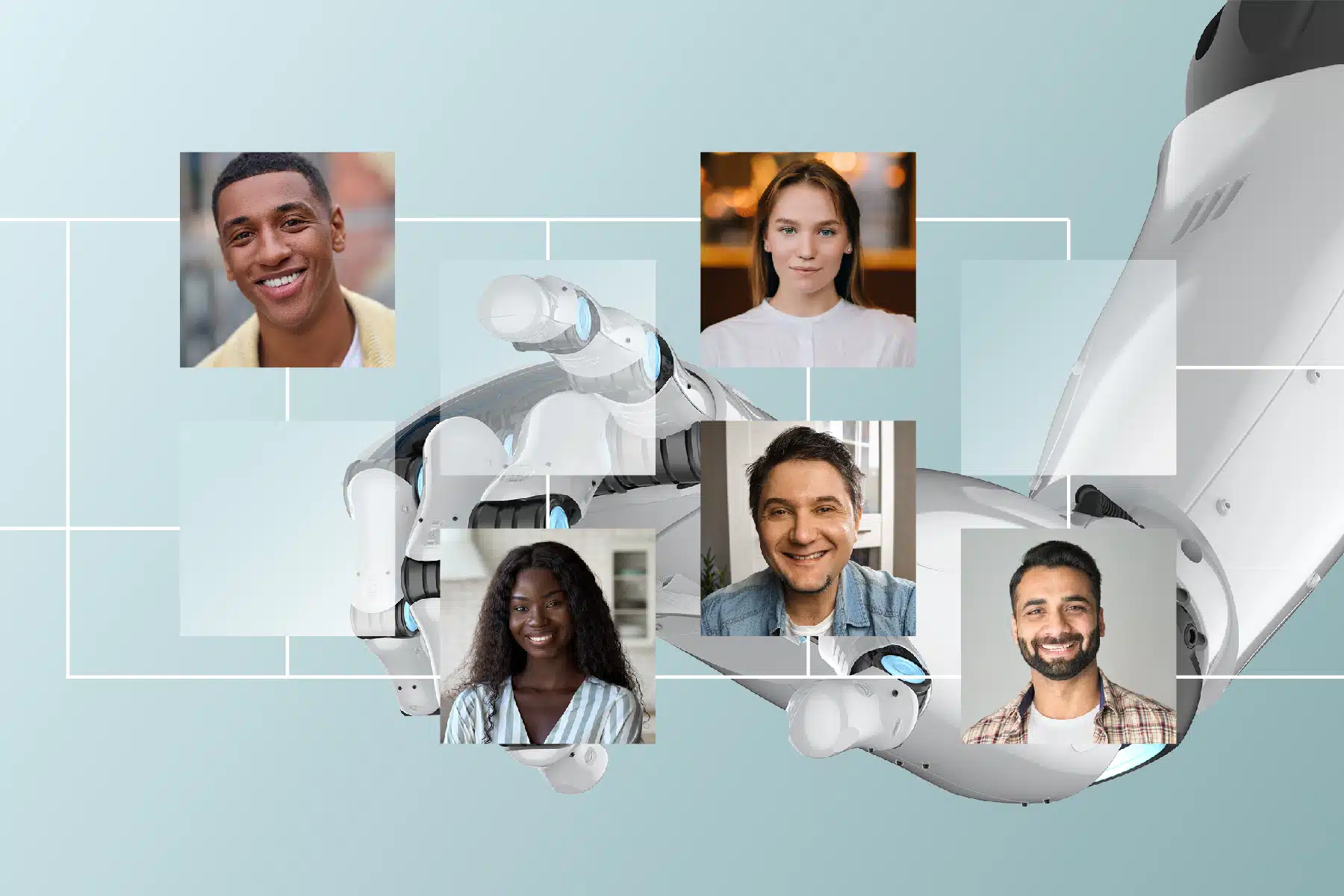Whether you’re a recruiter or a hiring manager, you’re likely facing some of the biggest challenges in talent acquisition to date. Today’s stiff competition for top talent, new difficulties with remote interviewing, problems associated with leaving roles open longer, and the worries of making a poor hire in today’s competitive hiring environment can all keep you awake at night.
The good news is, however big some of these challenges may seem, they’re not insurmountable, and you’re certainly not the only person facing them.
Below, you’ll learn what the best hiring teams are doing to manage the chief difficulties of talent acquisition.
Meet with our hiring coaches today to see how AI can slash 90% of the time from your hiring process. Start filling jobs faster right away, with 10x higher quality people.
It’s Hard to Find Qualified Candidates
Are you struggling to fill specialist and high-level positions? You’re not alone. Zippia found 90% of employers say it’s hard to find skilled candidates — and 76% of recruiters say it’s the biggest challenge they face.
To solve this hiring challenge, start by getting crystal clear about the skills each role requires. Then write a high-quality job description and create a customized candidate scorecard to rate your candidates in interviews.
Stiff Competition for Top Talent
You’ve found the perfect person for the role, interviewed them, and offered them the job, only to get turned down because they’ve had a better offer from someone else. It’s a frustrating but all-too-common hiring pitfall.
83% of top talent say they may change their mind about a role or company they once liked, after a negative hiring experience. So — a positive candidate experience is crucial in getting your favorite candidate to accept your offer. A good way to start is with strong candidate-nurturing content — engaging emails to let applicants know what to expect next during each step of the hiring process.
Too-Long Time to Hire
A long time to hire isn’t good for candidates, and it certainly isn’t good for your business. You don’t want a critical role to go unfilled for any longer than necessary, and your top candidates don’t want to hang around waiting to hear from you.
Specialist roles have a higher-than-average time to hire in general, with industry, energy, and defense roles averaging 67 days. But 55% of candidates think it should take only one to two weeks from the first interview to the job offer. Using AI recruitment tools can help dramatically decrease your time to hire.
Here’s how to hire A-Players fast:
Weak Employer Branding
When it comes down to you vs a competitor, the offers on the table might be very similar. So how do candidates decide? Your employer brand can make a big difference as a tie-breaker. Does the candidate think you’ll be a great company to work for? Employer branding can also massively increase the number of applicants you attract.
Before applying for a job, 91% of candidates seek out at least one resource to evaluate the employer’s brand. The company’s website is the most popular, then Facebook, employer review sites (such as Glassdoor), and LinkedIn. Make sure all these places reflect your employer brand in a positive light.
Poor Candidate Experience
First impressions matter. If your application and interview process are slow and frustrating, candidates may simply give up. Talent Board found that 29% of candidates who withdrew from the interviewing process did so because the process took too long.
When an applicant has a poor experience with your company, you’re not just losing out on that one person. Talented candidates who have a poor experience may also put off others in their network from applying. In fact, 80% of candidates who have a poor experience will openly tell others about it.
Disorganized Interview Process
When you’re interviewing a talented candidate, you’re not just evaluating them — they’re evaluating you. Every interaction they have with you is a chance for you to either win them over or lose them.
That means, at a minimum, that your interview process should be organized and not unduly slow. The most common reason why candidates withdraw from the interview process is because their time was disrespected during the process.
Hiring Bias
Are you losing out on highly talented individuals just because they don’t match your picture of what top talent looks like? All of us have unconscious biases (96% of recruiters agree this is a problem) and 48% of HR managers openly admit that bias affects their choice of candidates.
Applicants who are Black, female, and older are likely to be discriminated against, with women 30% less likely to receive a call-back for an interview than men. Candidates with Black-sounding names are 50% less likely to receive a call-back than those with White-sounding names. Older applicants receive 68% fewer responses than younger applicants.
Diverse teams perform better too — so make sure you challenge hiring biases (whether those are your own or other people’s) to recruit the best of the best. Here’s some crucial advice on diversity, equity, and inclusion to help:
Keeping Candidates Engaged
However efficient your hiring practices, you’ll still need to keep candidates interested over the course of at least a couple weeks. At a basic level, that means keeping up regular communication (81% of candidates want “continuous” communication throughout the hiring process). You can produce nurturing content fast with AI, so there’s no excuse not to stay connected.
An even deeper way to engage candidates is through the power of storytelling:
Poor Recruitment Metrics
Many of the above talent acquisition problems are reflected in poor recruitment tracking. Important talent acquisition metrics like time to fill, quality of hire, offer acceptance rate, and application drop-off rate (yield ratio) can all indicate problems with your talent acquisition strategy. For instance, an offer acceptance rate below 50% is a sign that something’s not working well.
Hiring Based on Emotion
One final issue that hiring managers often face is making a hiring decision based on emotion. Potentially as many as 97% of managers hire based on “intuition,” but this can lead to all sorts of issues, like hiring a charismatic dud who turns out to be an expensive bad fit.
A much better way to hire is by objectively assessing candidates, so you can choose the best fit for the role. You can do just that with pre-employment testing and a talent acquisition scorecard that you can use as the basis for a clear and consistent interview guide.
Solve Your Biggest Hiring Challenges With Discovered
Get more, highly qualified candidates, faster and at less cost with Discovered. Don't miss out on the chance to fill your open roles with star performers who drive massive ROI. Book a demo now and discover how our cutting-edge platform can elevate your hiring game. Your next great hire is just a click away!
